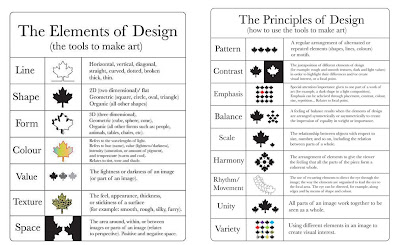Came in an email this morning
Every once in a while I seem to have to go back to school...I've never been the ideal student...kind of rebellious and also stubborn, wanting to do it my way which usually ended with many mistakes and detours to finally come around to "their" way of thinking. I'm the back door kind of person as of I like to make my way around and enter in the back door of learning system...for some of us challenged ones we like it that way, bring adventure at every corner.
Well I've always defended the approach it's hard to predict how or if you will sell artwork and given venue. And I know people have heard me share my opinion about it, It's not like predicting how many cheeseburger you'll sell today at the local fast food place. Because you have a tally from last month and one from last week and yesterday. Art business isn't like that from the small amount of time I've been out there. So here's something that came this morning that relate to what I've known and experienced. A while back I went to a Sunday afternoon talk about The Artist as an Entrepreneur, through the Chicago Artist Coalition. Millikin University came and it was inspiring to hear they had a program for the next generation of young artist come up. Well as usual I'm distracted and sidetracking on my own business right now but it's exciting to keep learning.
Remember the Differences between Art and Traditional Entrepreneurship.
While creative entrepreneurs have the many of the same traits needed to be a successful entrepreneur and need to learn some of the same skills, there are distinct differences. If creative entrepreneurs follow traditional entrepreneurial approaches, they may have problems unless they take into account those things particular to the art industry. The Harvard economist and academic Richard E. Caves has defined some of those key:
- Demand is uncertain. Demand for any product is in some ways always uncertain, although, in traditional entrepreneurship, the product or service has been developed to overcome a hole in the market. They usually don’t make the product first; the product is a result of some unmet need in the marketplace. So there is a certain demand inherent in the product at the time it is created. Artists, though, don’t create based on an unmet need. They are working to fulfill a personal artistic vision. Artists don’t think, “this type or style of art that people need or want,” and then go about finding a way to create it. It will be up to the artist to find the audience and create market traction while also remaining true to their artistic sensibilities and personal goals.
- Creative entrepreneurs care about their work. An artist’s passion for his or her art may be one of the most compelling drivers for art businesses. Unfortunately, that same passions also can make them less objective. Artists don’t do focus groups, they don’t analyze the market penetration, and they don’t put beta test versions into the marketplace. Traditional entrepreneurs do all of that; constantly analyzing consumer opinions and making changes to their products based on market research. The product is wholly from the artist mind and not the product of a team of creative people.
- An artist’s time is limited. Traditional entrepreneurs often begin with a limited product line, which is honed and refined over time. The products are produced by a production house, and fulfilled by a fulfillment house, which is hopefully producing that small product line in large quantities. Artists, on the other hand, are the creators, engineers, programmers and production houses, all in one. Artists must continually produce new works, that in some cases are only sold in limited editions. So the artist’s time is one of the business’s most limited assets. The profit margins are also usually less, which means fewer resources including hiring people to delegate tasks like marketing and finances.
_________
Creative entrepreneurs have been around since man painted animals on a cave wall but fundamental changes the art industry suggest that creative entrepreneurs need more than being good artists to survive. They need business training, but training specifically tailored to the art industries unique aspects. There has been a lot of interest in the area, with even some universities adding business curriculum's to art programs. It’s a bit early to evaluate how it’s working but anecdotally, the results are positive. It may still take a while for the idea to roll out to the mainstream art schools and art communities. As long as schools have a steady demand of applicants, programs will be reluctant to change. However, it is probably inevitable; it’s just a matter of which creative entrepreneurs will take advantage of the opportunity. Read More








Comments
Post a Comment
Thank you for support, interest and viewing my inner life with my outer life on this Blog. Wishing you many creative blessings and peace to you and yours,
~v~Laura